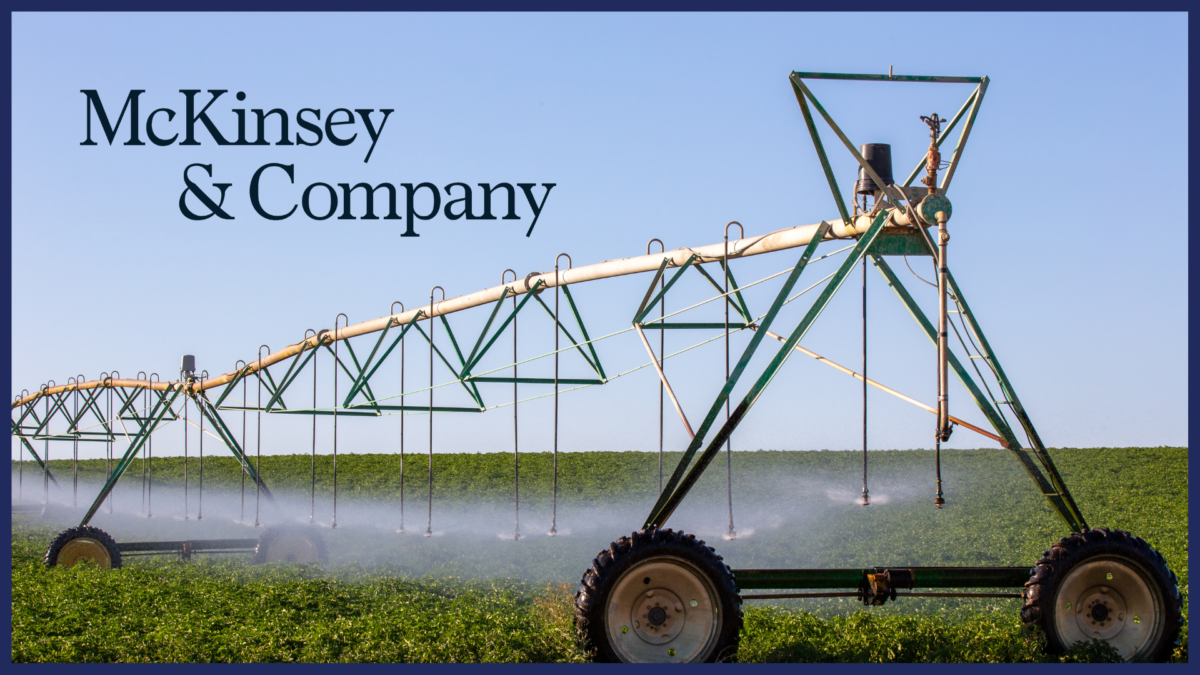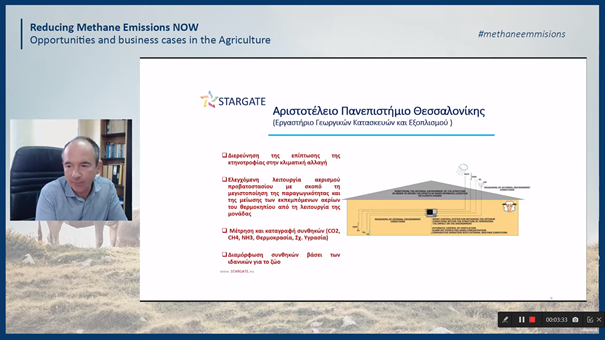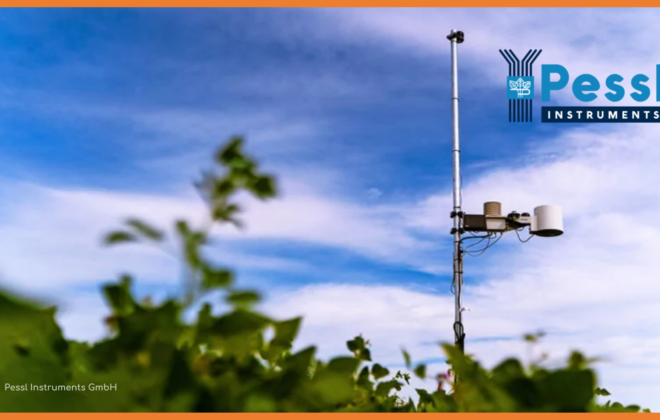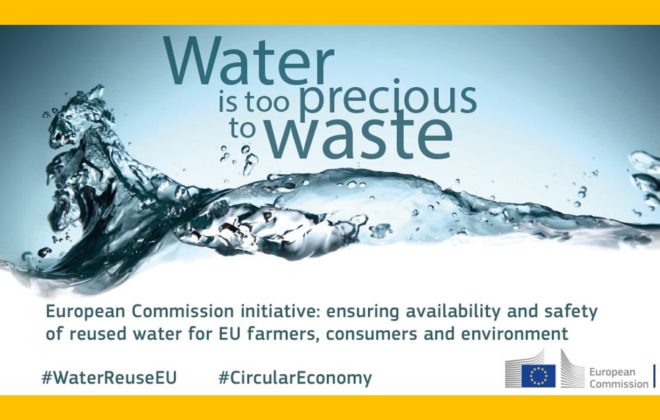Trends driving automation on the farm
Economic pressures and the push toward more-sustainable practices are driving next-generation automation technologies, benefiting farmers, regulators, and consumers alike.
The agriculture industry is under pressure. Dramatic cost increases for inputs and labor are putting farmers’ profitability at risk. Globally, farmers report that prices for inputs such as fertilizer and crop protection chemicals have risen by 80 to 250 percent over the past few years. Climate change is also squeezing profits.
A warmer climate is resulting in increased weather variability, more frequent acute weather events, longer droughts, and new invasive crops and pests, all of which reduce yields. In the American Southwest, for example, an ongoing megadrought is so severe that the past two decades have been the region’s driest in at least 1,200 years.
To navigate these challenges and remain economically viable, farmers must find innovative solutions. Automation shows considerable promise for reducing the impact of farming on climate change and helping growers adapt to its financial impact. Autonomous farming solutions exist on a spectrum, requiring varied levels of operator support. This ranges from semi-automated technology widely adopted today (e.g., assisted steering) to fully automated systems (e.g., weeding robots). Next-generation technologies use a combination of sensors, analytics, robotics, and equipment to help farmers make smarter decisions on the field and do more with less. In addition, recent developments in generative AI present future opportunities to automate decision making using vast data sets that already exist. Potential examples include helping farmers develop strategic plans about what inputs (fertilizer, crop protection, and seeds) to apply, at what times and what rates, to best support a farm’s profitability and sustainable practices. Automated technology can deliver significant value to both row- and specialty-crop growers. For instance, fully autonomous use cases across orchards and vineyards can deliver more than $400 per acre per year in value, doubling to quadrupling returns on farmers’ investment in automation.





